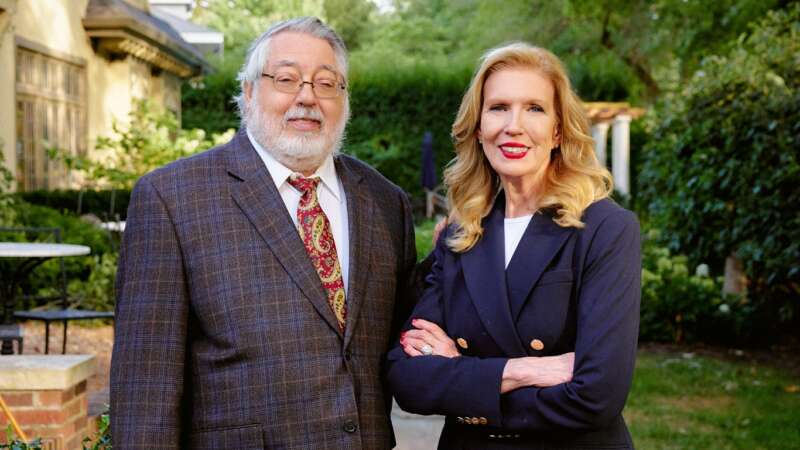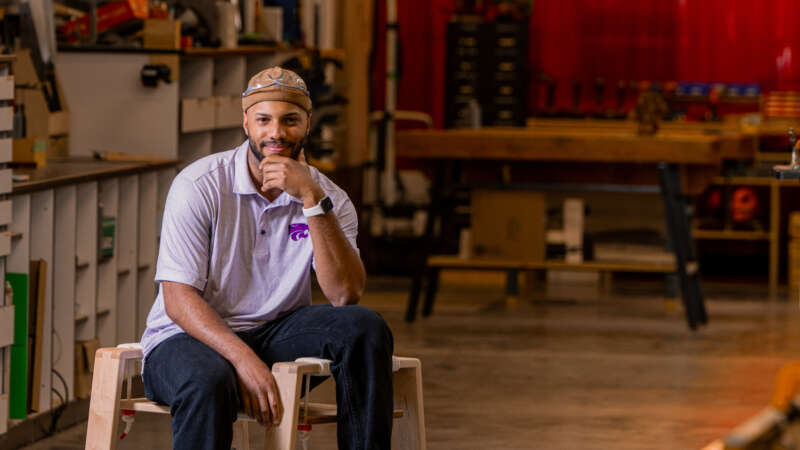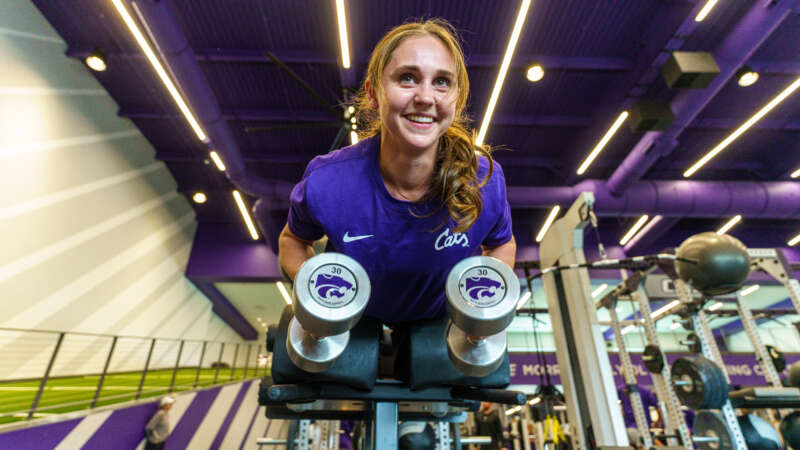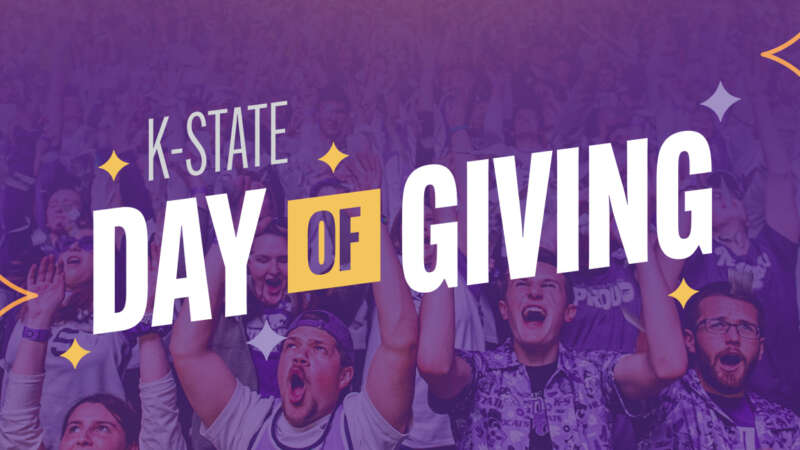Robotics bring long distance teachers closer
When you first think of a concept like robot teaching, your mind is likely to go to a scene in a science fiction movie. But Lincoln Elementary School in Clay Center, Kansas, was able to make robot teaching a reality while also giving a student teacher the chance to live her teaching dream from afar.
“The inspiration behind this idea started when we could not reach an affiliation agreement with the district who had the student teacher we wanted because of her geographic location,” said Eileen Wertzberger, assistant professor and director of field experiences for K-State’s College of Education. “We felt strongly that Ashley Disarno, who is a K-State student teacher who lives in Georgia, deserved the chance to teach. This is someone who not only has the skills to be a teacher and wants to be a teacher but needs to be a teacher,” Wertzberger said.
Like everyone at K-State, Wertzberger was always encouraged by her superiors to think boldly and to not be afraid to go outside of the box with her ideas. “Dean Debbie Mercer really encourages us here at the College of Education to not be afraid to try new things,” Wertzberger said. “With that inspiration in mind, I and my colleague Dr. Todd Goodson got together, and we came up with the idea for a virtual student teacher.” Ashley Disarno would work alongside the main classroom teacher Sara Peterson and her third-grade class.
The idea of virtual teaching is not new. What made this unique was that Disarno could interact with the students in a far more personal way not available in a typical virtual meeting. “The robot allowed her to be completely three-dimensional,” Wertzberger said. “It allowed her to move around the classroom and interact with students in one-on-one or group scenarios and allowed her to really get to know the students. The interaction between them got to such a point of comfortability that the students would help her around the classroom and tell her when obstacles were in her way. It was really cool to see,” Wertzberger said.
While there were several advantages to this teaching method, Wertzberger recognizes that there are some unavoidable drawbacks. “Obviously, we loved all the great things we were able to accomplish with this project,” Wertzberger said. “From the overall innovation we were able to bring to the student teaching field, to the positive interactions we got between the students and Ashley Disarno, we were thrilled with how the project went overall. However, we do recognize that there were some drawbacks; the main one being that if a student needed Ashley Disarno’s attention out of class, we had to set everything up in advance due to having to bring the robot in at an out-of-class time. This was difficult, but thanks to Ashley Disarno’s and Sara Peterson’s commitment, we managed to navigate this obstacle easily.” For her part, Disarno has nothing but praise for her experience with this new method of student teaching. “My biggest takeaway from my student teaching experience was not only the wonderful students I got to work with, but the wonderful teacher and district I got to work with. I really appreciate all the hard work and dedication that they put in to make this happen.” Disarno said.
Originally published in November 2020.






